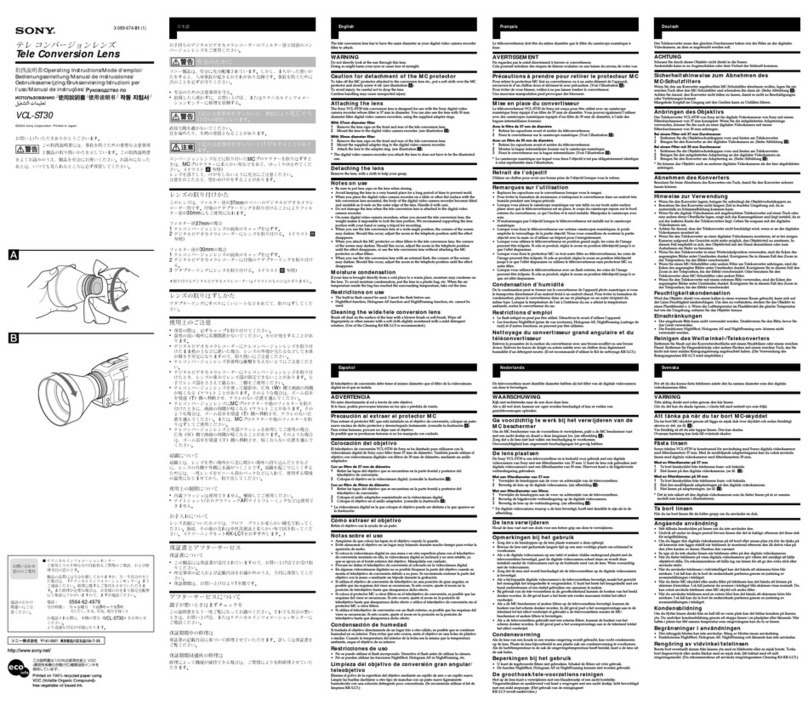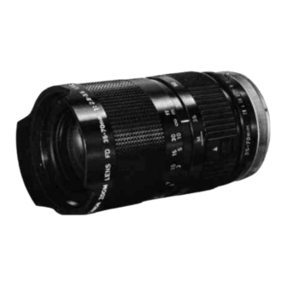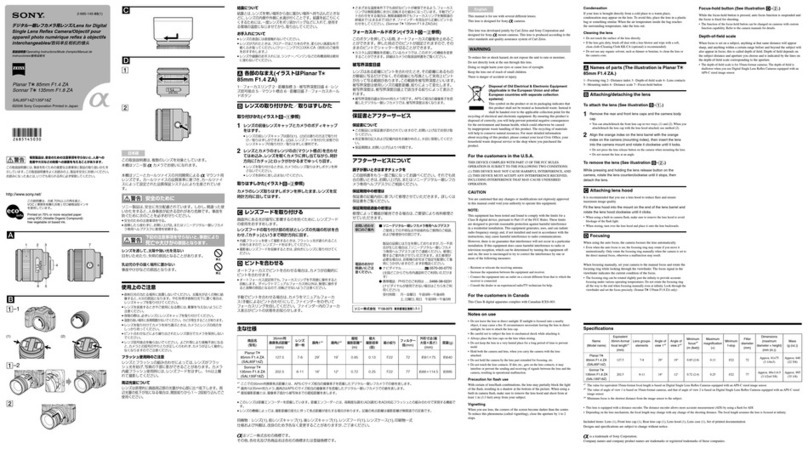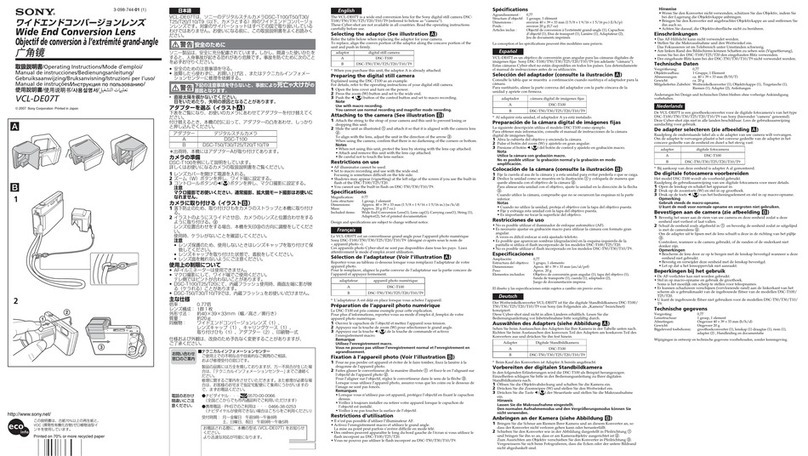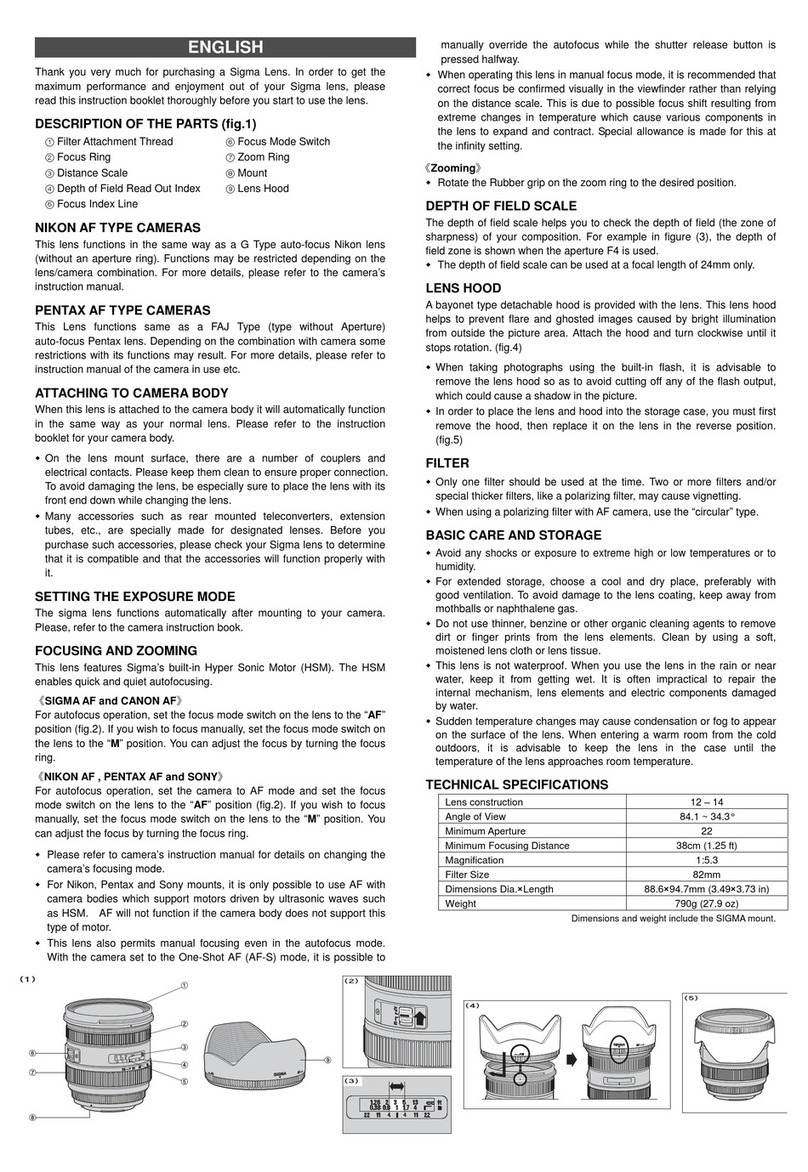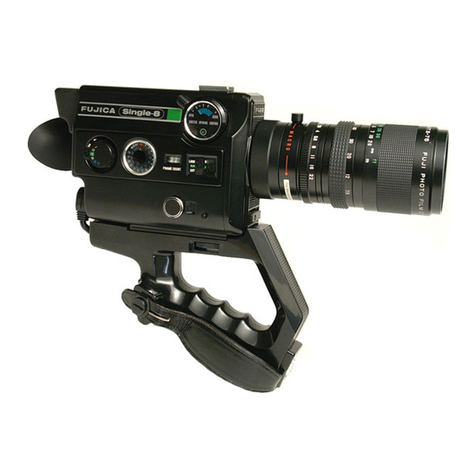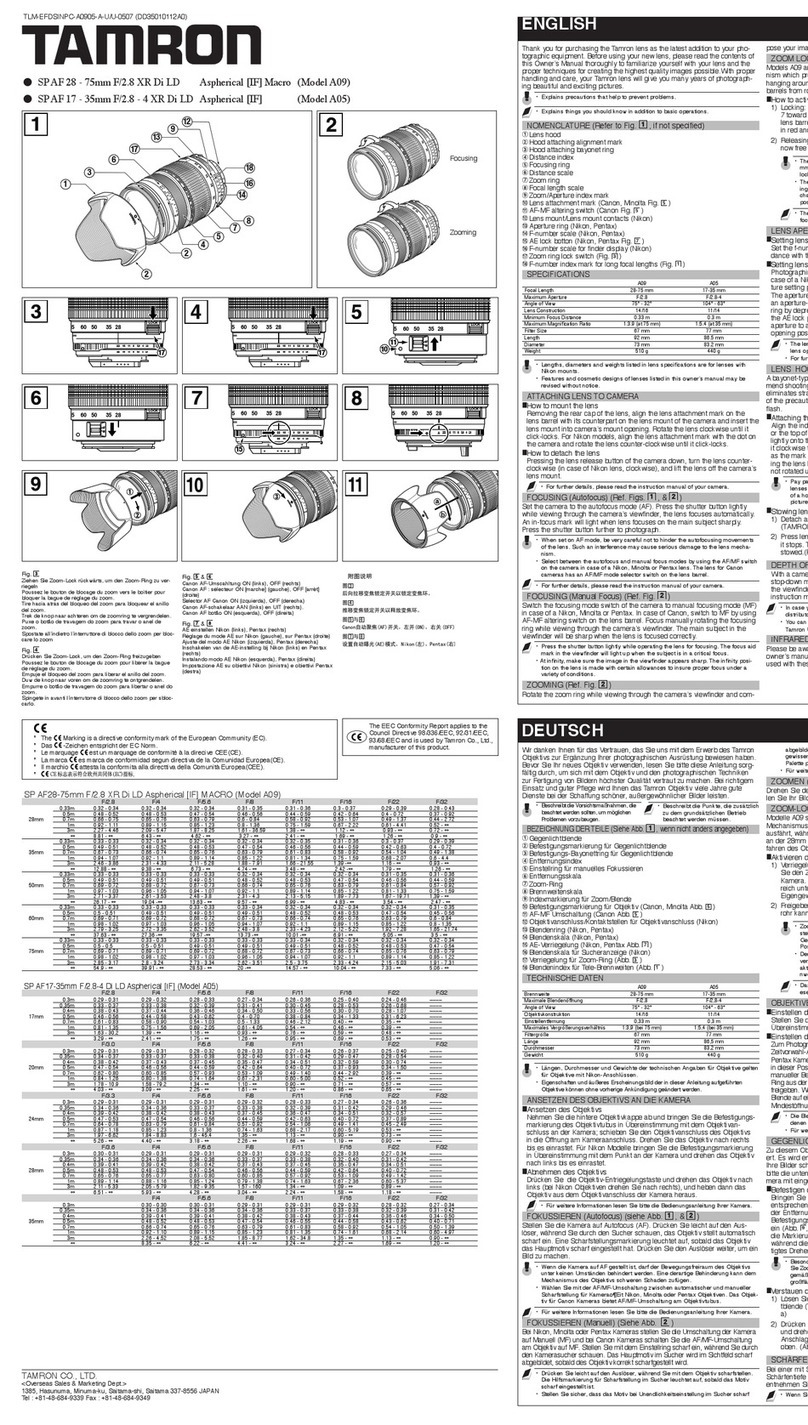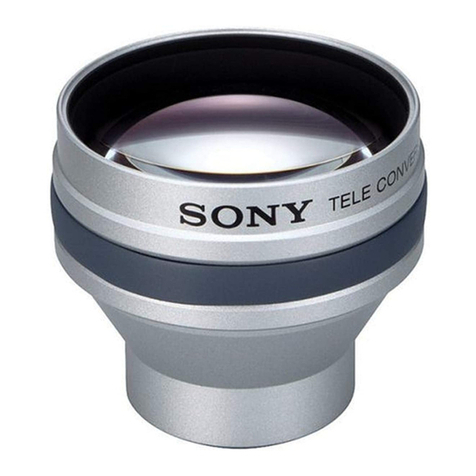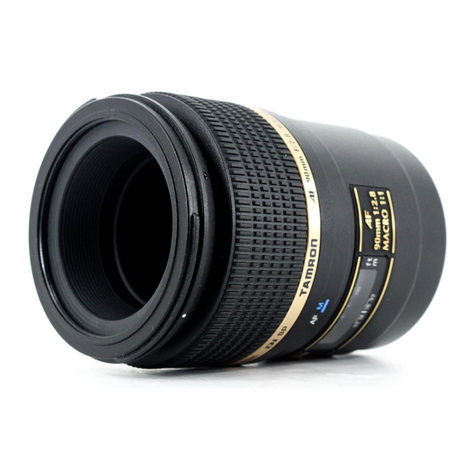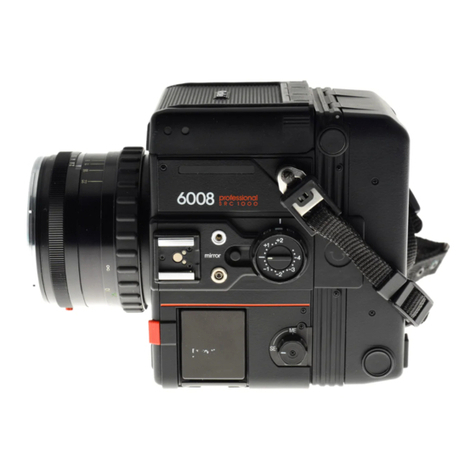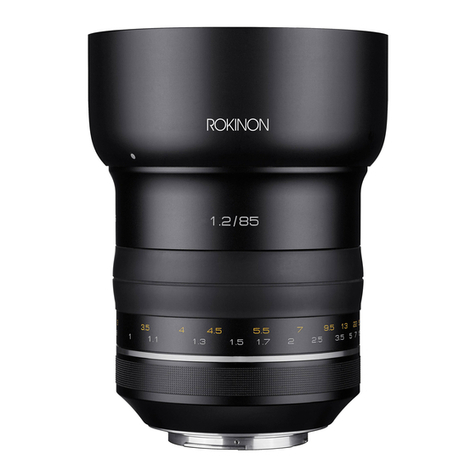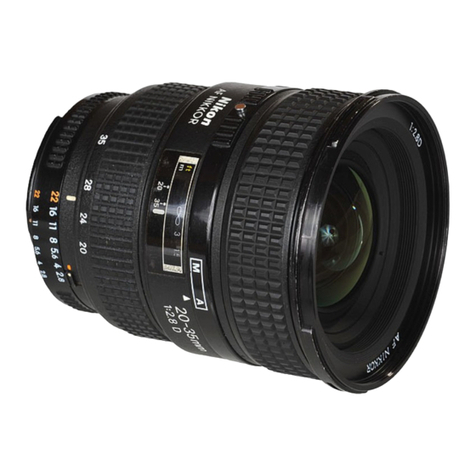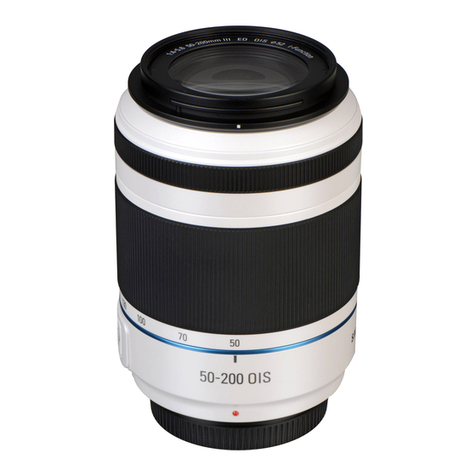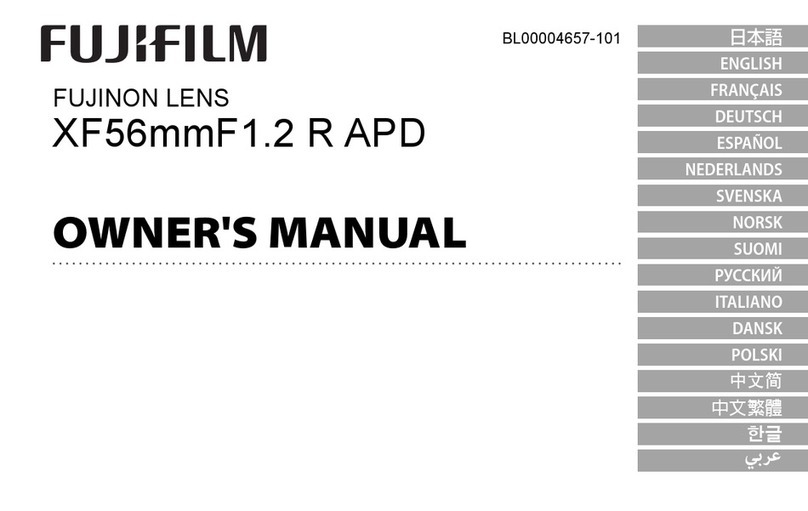
ELL15 and ELL15K SM1 Motorized Iris Chapter 4: Operation
Page 8 DTN000949-D02
4.1.1 Homing
Homing is achieved using a combination of a reflecting optical sensor (IR) for coarse positioning, then a
magnetic sensor for fine positioning (the magnetic sensor is also used for positioning during subsequent
moves). Using the ELLO software, the user can modify the homing position using the home offset.
The home sensor of the device relies on a 950 nm LED which can leak from the device. This
should be taken into consideration for environments that are especially sensitive to foreign
light sources.
At startup, the device's default setting is auto-homing. This function can be deactivated using
the command indicated in the Communications Protocol Manual.
Controlling the Iris
The iris can be controlled in the following ways:
•PC runs the Elliptec software with the handset.
•Develop a custom application using the messages stated in the communications protocol document.
•Apply voltages into Connector J1’s digital lines. Refer to Figure 8. It provides jogging and homing
functionality.
•Manually rotating the iris to reach a desired aperture.
To improve repeatability for a given position, absolute movements should be made from an aperture greater
than 1 mm to the target position.
In all modes, the iris aperture is requested and displayed from 1 to 11.5 mm. The aperture
cannot be driven past 11.5 mm or 1 mm. The iris is limited mechanically and by the encoder.
An error message appears if a request is outside the acceptable range.
The black motor track should be cleaned when turning the aperture manually, before
actuating the stage with motors again. Refer to Chapter 5.
4.2.1 Hand-held Controller
On power up the stage will move while the unit checks the sensors and then searches for
the home position.
At startup, the device's default setting is auto-homing. This function can be deactivated using
the command indicated in the Communication Protocol Manual.
The hand-held controller supplied with ELL15K Evaluation Kit and ELLC2 features three buttons (marked JOG,
FW and BW) that allow control of the iris aperture position. Button JOG (hold) + FW (open) can be used to
increase the aperture up to 11.5 mm and JOG (hold) + BW (close)to decrease the aperture down to 1 mm. The
